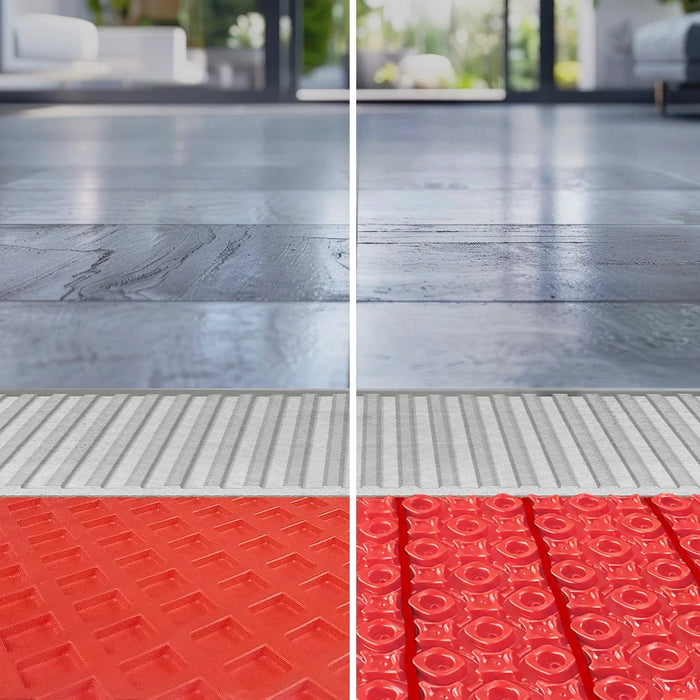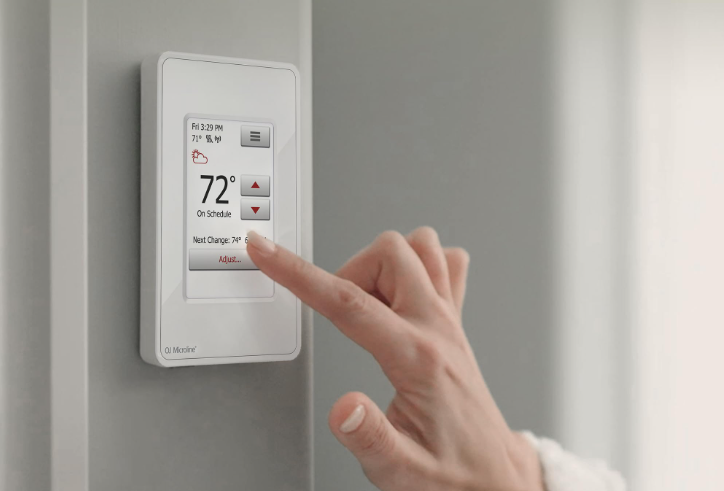
(502) 783-7995
(502) 783-7995


Underfloor heating is one of the most efficient ways to maintain a consistent and comfortable temperature in your home, providing gentle warmth from the ground up. However, to fully enjoy the benefits of your heated floors, proper calibration of your thermostat is essential.
The OJ Microline range of heated floor thermostats is designed to offer precise temperature control, energy efficiency, and user-friendly operation, but even the best thermostats need to be properly set up for optimal performance.
In this guide, we’ll walk you through the steps to calibrate your OJ Microline floor heating thermostat so that your system delivers the perfect balance of warmth and energy efficiency.
Calibration means that the temperature displayed on your thermostats for floor heater matches the actual temperature of your floor. Without proper calibration, your heating system may underperform.
This can reduce both comfort and efficiency, negating the benefits of an advanced thermostat like the OJ Microline.
Common issues that arise from poor calibration include:
By calibrating your thermostat correctly, you can achieve a more accurate and efficient heating experience.
The OJ Microline thermostat range includes models with different features, such as touchscreen controls, WiFi connectivity, and adaptive heating technology. Before starting the calibration process, familiarize yourself with the user manual for your specific model. Important features to be aware of include:
Understanding these functions will help you make precise adjustments.
If your OJ Microline thermostat uses a floor sensor, it’s essential that it is correctly positioned. The sensor should be:
· Placed in a central location under the heated floor surface.
Positioned away from direct sunlight, vents, or drafts that could interfere with readings.
Installed in a conduit for easy access and replacement if needed.
If the sensor is incorrectly placed, it could result in inaccurate temperature readings and ineffective heating performance.
To be sure of accuracy, compare the temperature displayed on your thermostat with an external thermometer. Follow these steps:
Most OJ Microline thermostats allow you to set a temperature offset to correct discrepancies between the displayed temperature and the actual floor temperature. Here’s how to do it:
The ideal temperature setting varies depending on floor type and personal comfort preferences. Here are recommended temperature ranges:
OJ Microline thermostats often include a maximum floor temperature limit to prevent overheating. If your floors feel too hot or cold, adjust this setting accordingly.
Programming your thermostat according to your lifestyle can improve comfort and efficiency. Most OJ Microline models allow you to create schedules with different heating levels throughout the day. Here’s an example:
Using a WiFi-enabled OJ Microline thermostat, you can also adjust the settings remotely via an app for better control over your heating.
Some OJ Microline thermostats come with adaptive learning technology, which automatically adjusts heating start times based on previous usage patterns. If enabled, this feature allows the thermostat to predict how long your floor takes to heat up and adjust accordingly for better efficiency.
To activate adaptive heating:
Many modern OJ Microline thermostats include an energy consumption monitor that helps you track heating usage. Checking this data regularly can help you fine-tune your settings for optimal efficiency.
If your energy usage seems too high:
Calibrating your OJ Microline floor heating thermostat means that you get the best combination of comfort and efficiency.
Take the time to fine-tune your thermostat settings, and you’ll enjoy the full benefits of underfloor heating—comfortable, even warmth with no wasted energy.

Our under floor heating experts will work on the design and layout of your project, for free!